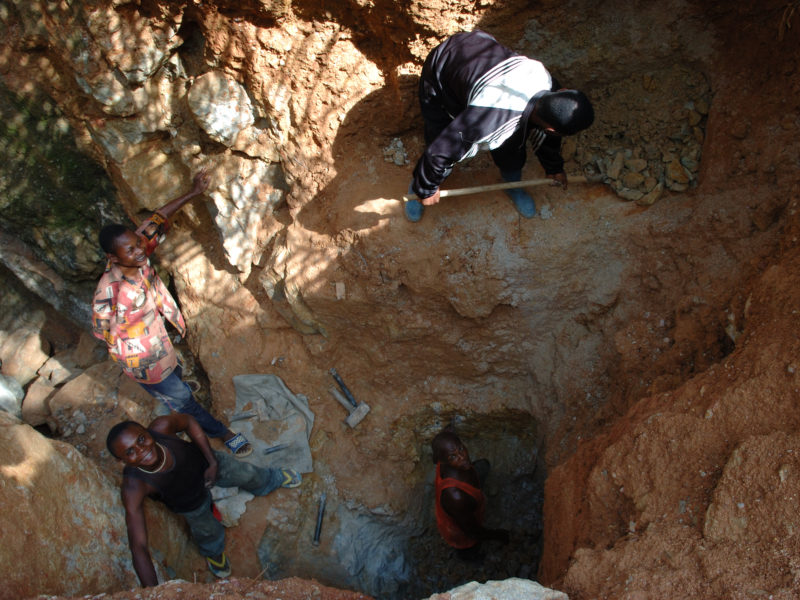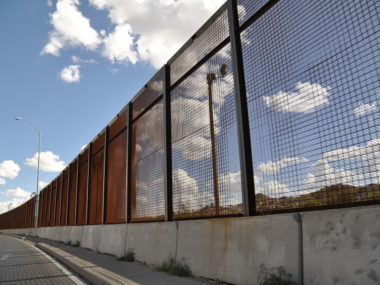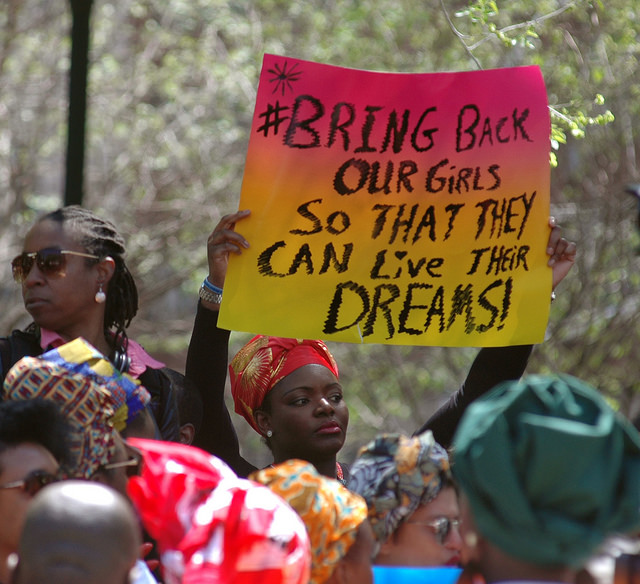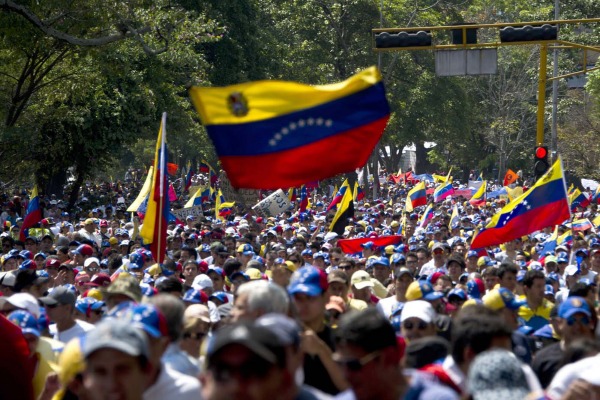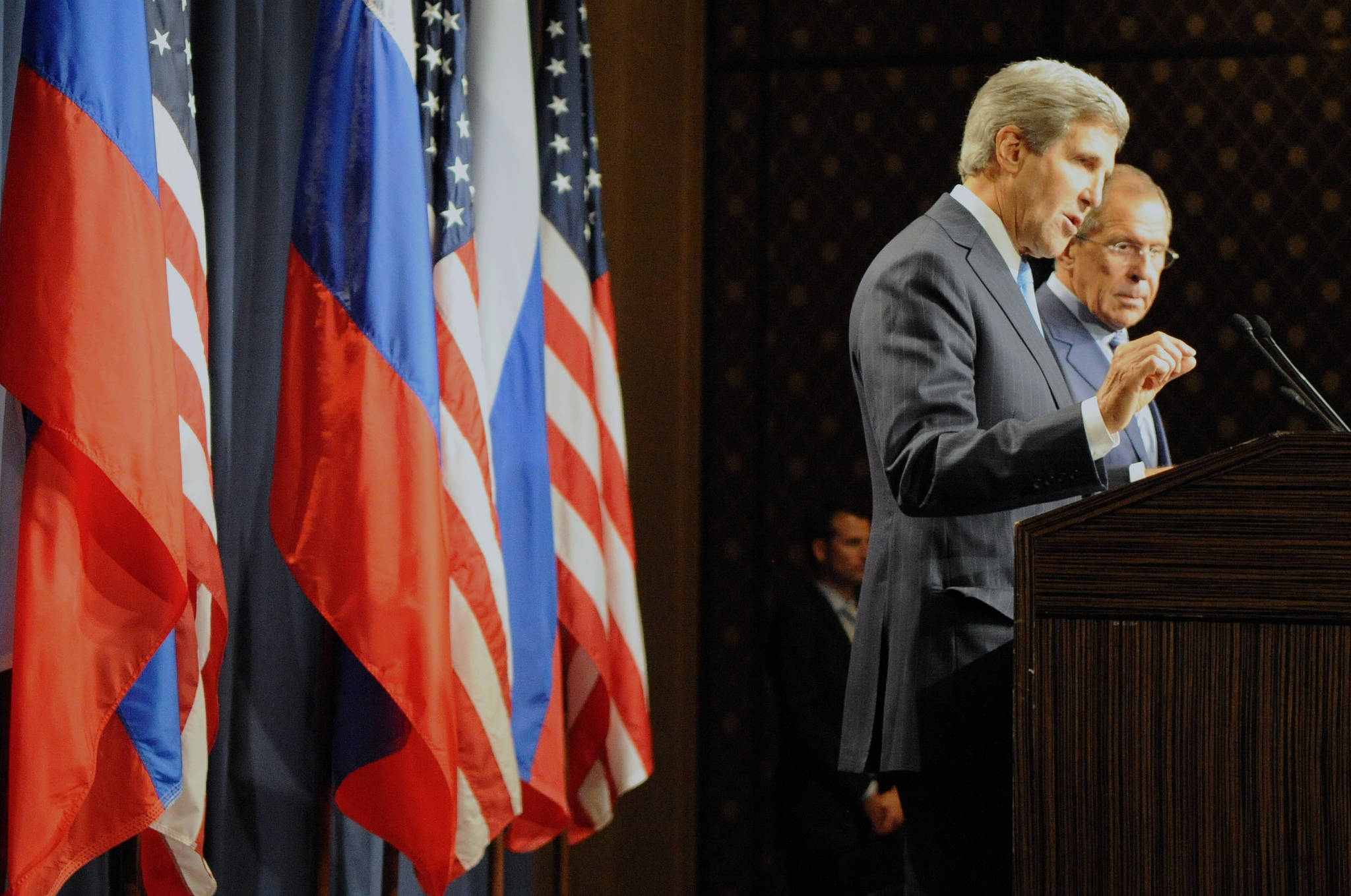Guest post by Anouk Rigterink and Kristen DeCaires Gall
On June 17, 2019, the Democratic Republic of Congo’s (DRC) army deployed close to 800 troops in an attack on its own citizens. The soldiers torched the small village of Kafwaya in an effort to expel more than 10,000 artisanal miners—small-scale miners who use basic tools—from one of the DRC’s largest copper-cobalt mines, the Tenke Fungurume Mine (TFM). Weeks later, the army engaged in a similar expulsion campaign at Glencore’s Kamoto Copper Company mine, this time involving 20,000 artisanal miners.
The problem of “conflict minerals” has received widespread attention from the public and researchers alike. Studies highlight that countries with high-value resources such as diamonds are more likely to experience civil war. The “conflict minerals” narrative is generally understood as the use of funds from minerals to support and perpetuate violence by non-state armed groups. Although armed groups may extort industrial mining companies, artisanal miners are thought to be particularly vulnerable to predation, and therefore involuntarily prolonging this cycle of violence.
But this isn’t quite what’s happening.
The case of DRC—and evidence from other countries—suggests a different connection between minerals and violent conflict. It is not the abundance of opportunities to loot off artisanal miners that led to violence, but the lack of opportunities for artisanal miners to earn a livelihood. Local incidents of violence are common in and around mining sites in the DRC and beyond. Yet, some companies appear to perform better in terms of preventing violence than others running very comparable sites.
Recent incidents in the DRC are a flare-up of long-boiling disputes between foreign-owned mining companies and artisanal miners. As in many countries where options for sustainable sources of income are few, artisanal mining is a comparatively attractive living in the DRC. Worldwide, it is estimated that there are over 40 million artisanal miners. But industrial mining concessions in DRC have carved up virtually all viable mining territory, leaving artisanal miners with shrinking options other than working, without permission, on company sites.
Despite commonalities, violent and non-violent mining sites are most notably distinct in the number of livelihood opportunities available to artisanal miners and people living around their sites. On the whole, more violent sites had fewer livelihood options. The Crisis Group report noted that the strategy of TFM’s operating company of attempting to keep all artisanal miners away from the mine was ultimately unsuccessful and resulted in violence in the form of the 2019 army raid. Even after the expulsion, artisanal miners still gained access to the site by paying off the elements of the army. In contrast, owners of another mine, Luiswishi, changed their strategy vis-à-vis artisanal miners after an episode of violence very similar to that at TFM, and informally allowed some artisanal mining in and near the site. The site has shown minimal violence since.
Despite the dominant “conflict minerals” narrative, there is plenty of evidence from DRC and other countries such as Ghana, Colombia and Burkina Faso, that artisanal mining can improve livelihoods and spur on the local economy. We also know well-intended measures to combat “conflict minerals” can backfire, as they may cost more lives to due pushing people into poverty than they save by curbing armed group activity. The number of examples of confrontations between artisanal and industrial miners is also steadily increasing, with recent writings on the Philippines, Ghana and serious incidents in Zimbabwe.
Existing policy tools to combat “conflict minerals” are ill-suited to deal with conflict stemming from livelihood insecurity. The Dodd-Frank Act, for example, was designed to ensure some degree of transparency about whether gold, tin, tantalum and tungsten were mined in areas where armed groups are active, and the Kimberley Process commits countries to remove conflict diamonds from the industry.
Meanwhile, several companies like Apple, BMW, and LG, have tried to distance themselves from the less savory practices uncovered at the DRC mines. These companies have issued public statements announcing increased reliance on other minerals, or switching their sourcing to mines outside of the DRC. Yet, with close to two thirds of the world’s cobalt coming from the DRC, this will be difficult to implement. Tesla just struck a deal with Glencore in June of 2020 to buy cobalt exclusively from them.
Industrial mining companies and artisanal miners operate in close quarters. This is likely to increase in future, as global demand drives ‘discoveries’ of new minerals deposits in conflict-affected areas such as the Sahel, where many artisanal miners are already active.
Rather than attempt to disengage from the DRC or other countries where artisanal mining is common, governments and mining companies should encourage and work to facilitate subcontracting agreements between companies and artisanal miners, subject to labor, environmental and safety standards. Such subcontracts can provide artisanal miners with a more stable livelihood, while protecting companies costly production interruptions and reputational damage that follows from army interventions such as those in the DRC.
In a market filled with increasingly socially conscious consumers, who pay a premium for fair trade and ‘green’ products, contributing to livelihoods of those in conflict-affected countries could even be a selling point.
Dr. Anouk S. Rigterink is Assistant Professor in Quantitative Comparative Politics at Durham University and former Economics of Conflict Fellow at International Crisis Group. Kristen DeCaires Gall is Assistant Director of the Empirical Studies of Conflict Project.

